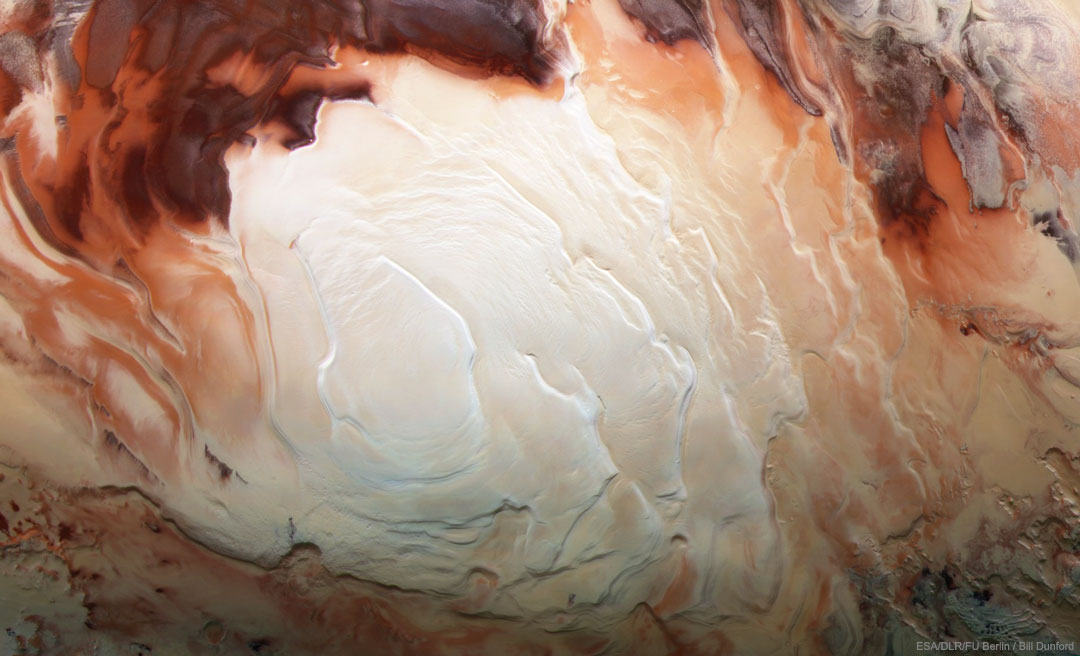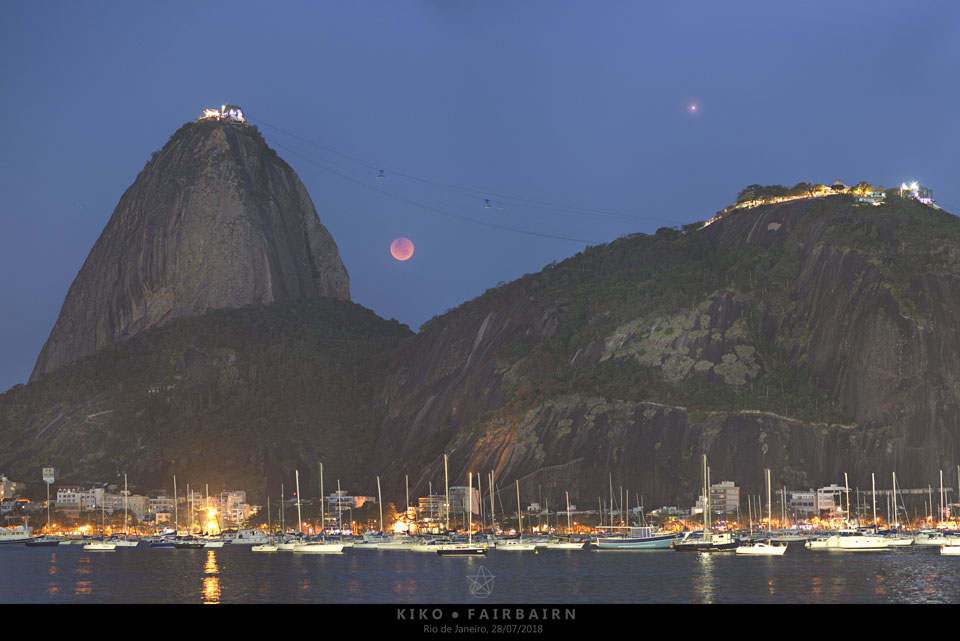"Morning mood"
Nombre total de pages vues
31/07/2018
Science-Presse - Cancer : contourner les résistances à la chimiothérapie - Médecine/Santé
 Efficace sur les cellules malignes qui prolifèrent rapidement, la chimiothérapie rencontre néanmoins des obstacles. Certaines personnes développent une résistance au traitement : les médicaments ne parviennent plus à détruire leurs cellules cancéreuses.
Efficace sur les cellules malignes qui prolifèrent rapidement, la chimiothérapie rencontre néanmoins des obstacles. Certaines personnes développent une résistance au traitement : les médicaments ne parviennent plus à détruire leurs cellules cancéreuses.
Une équipe québécoise a récemment identifié un nouveau mécanisme moléculaire expliquant cette résistance aux médicaments anticancéreux. Mieux, leur étude montre que ces chercheurs ont réussi à contourner les résistances en rendant les tumeurs à nouveau sensibles à la chimiothérapie.
« La découverte de ce nouveau mécanisme de résistance est prometteuse et nous avons déjà une piste pour le diminuer », explique Claire Dubois, chercheuse en immunologie à l’Université de Sherbrooke.
C’est l’augmentation du taux d’acidité au sein de la tumeur qui développe ce mécanisme de défense contre les médicaments — et dans certaines circonstances, le développe tant et si bien que le médicament devient inefficace. Cela se produit dans un micro-environnement pauvre en oxygène (hypoxie), qui est une caractéristique du développement des cellules malades.
L’équipe de Claire Dubois s’est donc intéressée à ces changements de pH et à l’appauvrissement en oxygène. Une cellule qui pousse dans un environnement aussi hostile doit nécessairement s’adapter — ce que les cellules normales ne parviennent pas à faire, au contraire des « super cellules » cancéreuses.
L’impact de l’hypoxie sur l’invasion des cellules cancéreuses était déjà connu. « Les régions pauvres en oxygène génèrent des structures aberrantes sur les vaisseaux sanguins — les nouvelles vascularisations se forment mal — et augmentent la malignité des tumeurs », rappelle la chercheuse.
En modifiant ainsi leur environnement, les cellules cancéreuses parviennent donc à résister aux médicaments en sur-acidifiant certains de leurs « compartiments » — ou endosomes. En devenant très acides et pauvres en oxygène, elles vont y piéger les molécules du médicament.
Lire l'article complet sur :
http://www.sciencepresse
http://www.sciencepresse
ESA/DLR/FU Berlin; Bill Dunford - Layers of the South Pole of Mars - Astronomy picture of the day - 2018 July 31

Image Credit & License: ESA/DLR/FU Berlin; Bill Dunford
Explanation: What lies beneath the layered south pole of Mars? A recent measurement with ground-penetrating radar from ESA's Mars Express satellite has detected a bright reflection layer consistent with an underground lake ofsalty water. The reflection comes from about 1.5-km down but covers an area 200-km across. Liquid water evaporates quickly from the surface of Mars, but a briny confined lake, such as implied by the radar reflection, could last much longer and be a candidate to host life such as microbes. Pictured, an infrared, green, and blue image of the south pole of Mars taken by Mars Express in 2012 shows a complex mixture of layers of dirt, frozen carbon dioxide, andfrozen water.
30/07/2018
Carlos 'Kiko' Fairbairn - Lunar Eclipse over Rio - Astronomy picture of the day - 2018 July 30

Image Credit: Carlos 'Kiko' Fairbairn
Explanation: Moonrise doesn't usually look this interesting. For one thing, the full moon is not usually this dark -- but last Friday the moon rose here as it simultaneously passed through the shadow of the Earth. For another thing, the Moon does not usually look this red -- but last Friday it was slightly illuminated by red sunlight preferentially refracted through the Earth's atmosphere. Next, the Moon doesn't usually rise next to a planet, but since Mars was also coincidently nearly opposite the Sun, the red planet was visible to the full moon's upper right. Finally, from the vantage point of most people, the Moon does not usually rise over Rio de Janeiro in Brazil. Last Friday's sunset eclipse, however, specifically its remarkable Micro Blood Moon Total Lunar Eclipse, was captured from Rio's Botofogo Beach, along with an unusually large crowd of interested onlookers.
29/07/2018
Usine Nouvelle - Le Beluga XL barbote enfin dans le ciel - Aeronautique

Le dernier-né de la famille Airbus, le premier BelugaXL, nouvel avion-cargo de l'avionneur européen, a réussi ce jeudi 19 juillet son décollage, à partir des pistes de Toulouse-Blagnac (Haute-Garonne), pour un premier vol d'essai d'une durée d'environ quatre heures.
Un événement fêté comme il se doit, dans la tradition d'Airbus, en présence de plusieurs centaines de salariés du groupe, de partenaires industriels et d'élus locaux. D'autant que ce nouveau programme s'inscrit directement dans l'organisation industrielle de l'avionneur européen.
Ce nouvel avion-cargo, successeur de l'actuel BelugaST (mis en service en 1994), doit accompagner les montées en cadences de production de l'A350 XWB et des avions mono-couloirs d'Airbus. Sa mission est d'assurer, comme pour son prédécesseur, le transport d'ailes et de tronçons entiers de fuselage entre les différents sites industriels d'Airbus en Europe. "C'est une pièce maîtresse dans l'organisation industrielle du groupe", insiste Bertrand George, directeur du programme chez Airbus.
ESO/MPE/Nick Risinger (skysurvey.org)/VISTA/J. Emerson/Digitized Sky Survey 2 - Journey to the Center of the Galaxy - Astronomy picture of the day - 2018 july 29
Video Credit: ESO/MPE/Nick Risinger (skysurvey.org)/VISTA/J. Emerson/Digitized Sky Survey 2
Explanation: What wonders lie at the center of our Galaxy? In Jules Verne's science fiction classic A Journey to the Center of the Earth, Professor Liedenbrock and his fellow explorers encounter many strange and exciting wonders. Astronomers already know of some of the bizarre objects that exist at our Galactic center, including like vast cosmic dust clouds, bright star clusters, swirling rings of gas, and even a supermassive black hole. Much of the Galactic Center is shielded from our view in visible light by the intervening dust and gas, but it can be explored using other forms of electromagnetic radiation. The featured video is actually a digital zoom into the Milky Way's center which starts by utilizing visible light images from the Digitized Sky Survey. As the movie proceeds, the light shown shifts to dust-penetrating infrared and highlights gas clouds that were recently discovered in 2013 to be falling toward central black hole. In 2018 May, observations of a star passing near the Milky Way's central black hole showed, for the first time, a gravitational redshift of the star's light -- as expected from Einstein's general relativity.
28/07/2018
Fernando Cabrerizo (Centro Astronomico de Tiedra) - One Night, One Telescope, One Camera - Astronomy picture of the day - 2018 July 28

Image Credit & Copyright: Fernando Cabrerizo (Centro Astronomico de Tiedra)
Explanation: Taken on the same night, from the same place, with the same telescope and camera, these postcards from our Solar System are shown at the same scale to provide an interesting comparison of apparent sizes. Spanning about half a degree in planet Earth's sky, the Moon is a stitched mosaic of six images. The others are the result of digitally stacked frames or simple single exposures, with the real distances to the objects indicated along the bottom of each insert. Most of the Solar System's planets with their brighter moons, and Pluto were captured during the telescopic expedition, but elusive Mercury was missed because of clouds near the horizon. The International Space Stationwas successfully hunted, though. The night was July 21st. Telescope and camera were located at the Centro Astronomico de Tiedra Observatory in Spain.
NASA, ESA, and STScI - Mars Opposition - Astronomy picture of the day - 2018 July 27

Image Credit & Copyright: NASA, ESA, and STScI
Explanation: Look opposite the Sun in the sky tonight and you'll see Mars at its brightest. Also within days of its closest approach Mars rises at sunset, near its brightest and best for telescopic observers too, except for the dust storm still blanketing the Red Planet. These two Hubble Space Telescope images compare Mars' appearance near its 2016 and 2018 oppositions. In 2016 the martian atmosphere was clear. Captured just days ago, the 2018 image shows almost the same face of Mars. Surface features obscured by dust, the planet's cloud enshrouded south pole is tilted more toward the Sun. Increased heat in the southern hemisphere spring and summer likely triggers planet wide dust storms. Of course, if you look opposite the Sun in the sky tonight, you'll also see a Full Moon near Mars. Skygazers NOT located in North America could see the Red Planet near a Red Moon during a Total Lunar Eclipse.
26/07/2018
Gabriel Rodrigues Santos - Barnard 228: The Dark Wolf Nebula in Lupus - Astronomy picture of the day - 2018 July 26

Image Credit & Copyright: Gabriel Rodrigues Santos
Explanation: These dark markings on the sky can just be found in silhouette against a rich, luminous background of stars. Seen toward the southern constellation of Lupus the Wolf, the dusty, obscuring clouds are part of the Lupus Molecular Cloud some 500 light-years distant. Packs of low mass stars are forming within them, from collapsing cores only visible at long infrared wavelengths. Still, colorful stars in Lupus add to this pretty galactic skyscape. It spans about 8 degrees, not far from the central Milky Way.
25/07/2018
Adam Block, Mt. Lemmon SkyCenter, U. Arizona - The Edge-On Spindle Galaxy - Astronomy picture of the day - 2018 July 25

Image Credit & Copyright: Adam Block, Mt. Lemmon SkyCenter, U. Arizona
Explanation: What kind of celestial object is this? A relatively normal galaxy -- but seen from its edge. Many disk galaxies are actually just as thin as NGC 5866, pictured here, but are not seen edge-on from our vantage point. A perhaps more familiar galaxy seen edge-on is our own Milky Way Galaxy. Cataloged as M102 and NGC 5866, the Spindle galaxy has numerous and complex dust lanes appearing dark and red, while many of the bright stars in the disk give it a more blue underlying hue. The blue disk of young stars can be seen extending past the dust in the extremely thin galactic plane. There is evidence that the Spindle galaxy has cannibalized smaller galaxies over the past billion years or so, including multiple streams of faint stars, dark dust that extends away from the main galactic plane, and a surrounding group of galaxies (not shown). In general, many disk galaxies become thin because the gas thatforms them collides with itself as it rotates about the gravitational center. The Spindle galaxy lies about 50 million light years distant toward the constellation of the Dragon (Draco).
Inscription à :
Commentaires (Atom)
ASTRONOMY - The Surface of Titan from Huygens
2025 November 30 The Surface of Titan from Huygens Image Credit: ESA , NASA , JPL , U. Arizona , Huygens Lander Explanation: If you c...

-
2022 September 26 All the Water on Planet Earth Illustration Credit: Jack Cook, Adam Nieman, Woods Hole Oceanographic Institution ; Data ...
-
2025 May 11 The Surface of Venus from Venera 14 Image Credit: Soviet Planetary Exploration Program , Venera 14 ; Processing & Copyri...